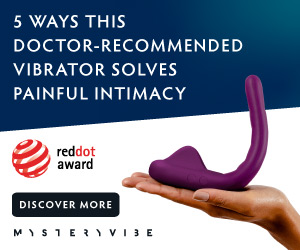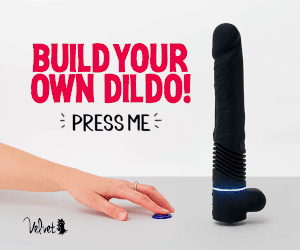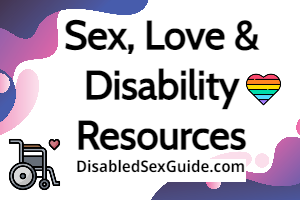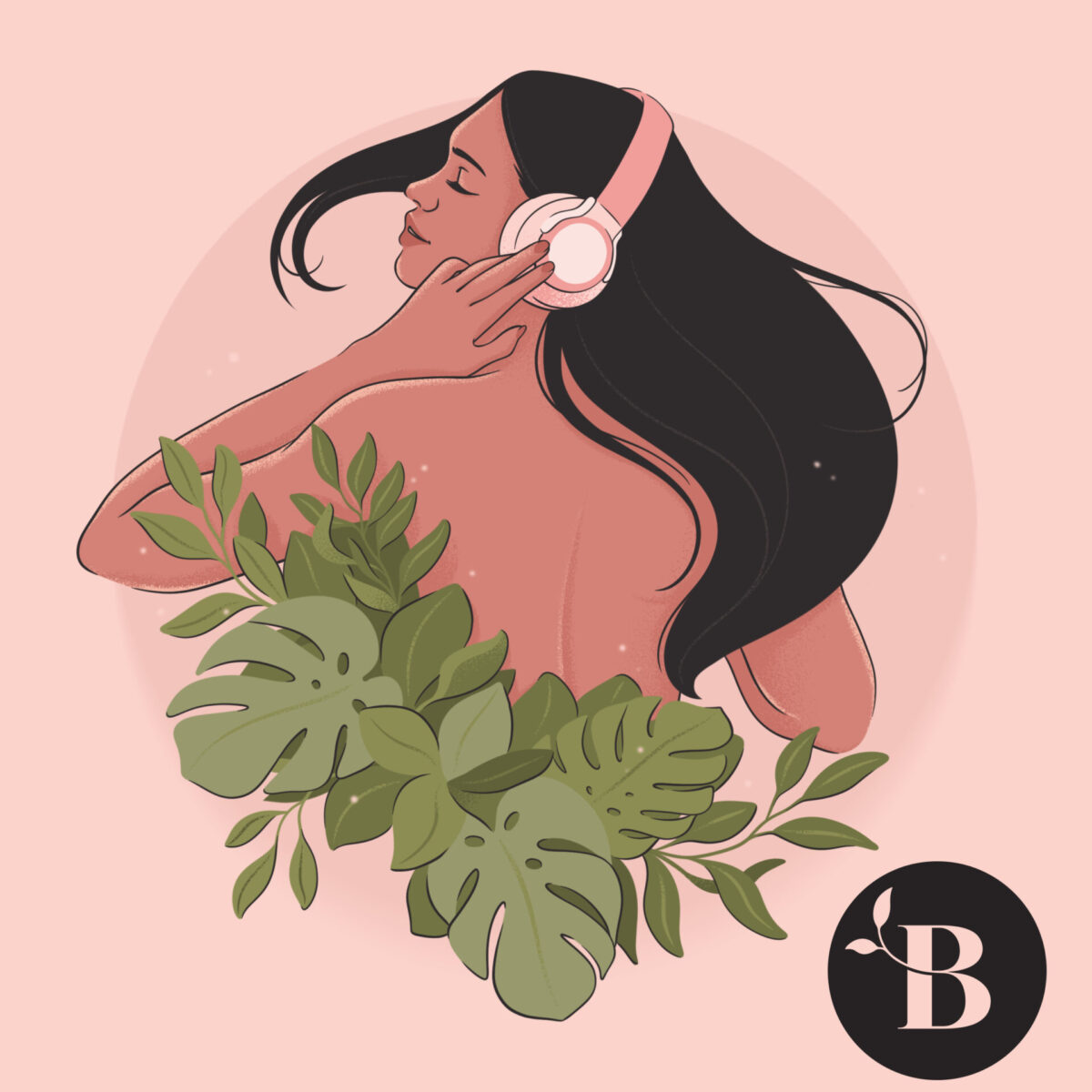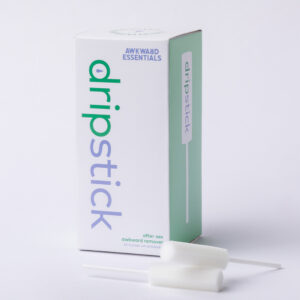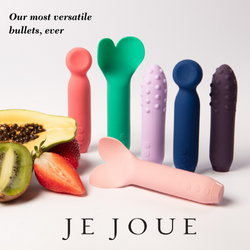3D Models Crucial in Sex Education for Blind Students
SexForEveryBody.com is supported by our readers. We may earn a commission if you buy through links on our site. Learn more.
Sex education programs are often less effective for students who are blind or visually impaired, studies suggest.
Yet many researchers and students agree on a solution that could bridge the learning gap: the use of anatomically correct 3D models. What’s been less simple is getting the sighted individuals of the larger education sector to agree.
Sex education in the United States
According to The Centers for Disease Control and Prevention (CDC), a significant number of young Americans don’t have access to adequate sex education in schools.
There is much debate in the United States surrounding the most effective way to implement sex education in schools. Although the federal government distributes funding for sex education classes, the way that money is used is determined by states, districts, and school boards.
In 2018, the CDC estimated that only 43% of high schools and 18% of middle schools taught “key CDC topics” in sexual health and education classes.
Related Read: Sex Education Programs for People with Intellectual Disability
Limited sex education for visually impaired and blind students
A 2014 study published in the Journal of Blindness Research and Innovation showed that non-sighted students were at a particular disadvantage.
In total, 61% said they were limited in how they could participate in sex ed classes due to visual impairment.
Most reported that tactile materials and anatomical models were never used in their sex education classes. Instead, they were generally taught through the presentation and discussion of various scenarios.
We believe that they mistakenly think that the use of 3D models of penises, or vulvas is tantamount to porn for the blind. It is not.
This led to students seeking out alternatives such as learning from the Internet, books, and television, as well as through sexual experimentation.
Notably, the percentage of visually-impaired youth who engage in sexual intercourse (57%) is only slightly lower than that of their peers who don’t have disabilities (65%).
Teaching sex education with 3D models of reproductive organs could offer blind students more meaningful learning opportunities.
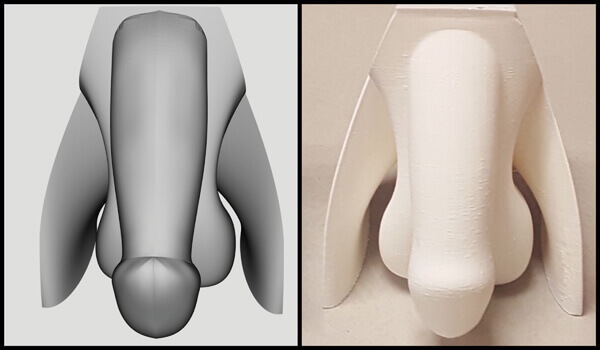
In 2016, the non-profit software company Benetech partnered with Dr. Gaylen Kapperman, Professor Emeritus of the Special Education and Vision Program at Northern Illinois University, and Dr. Stacy Kelly, also of Northern Illinois University, to create and distribute anatomical models for sexual education classes.
Five teachers at various schools in the United States joined the pilot program. Four out of five reported favorable results with their students. However, they each declined to be interviewed by Benetech at the time out of fear of social condemnation.
Benetech bowed out of the project shortly thereafter, citing uncertainty about overcoming the stigma around 3D models in the classroom.
Dr. Kapperman told SexForEveryBody.com he believes sighted individuals, who are generally in control of the education sector, tend to see 3D models as pornographic and forbid them. He maintains that this premise is entirely false.
“We believe that they mistakenly think that the use of 3D models of penises, or vulvas is tantamount to porn for the blind. It is not.”
Although Dr. Kapperman continues to advocate for the use of 3D models, there are currently no significant projects underway, and the path forward is obscured by resistance from the education community.
Related Read: How 3D-Printed Jewelry Is Taking the Clitoris Mainstream
More sex education for blind and visually impaired students
The Health Education for Students with Visual Impairments: A Guidebook for Teachers is a recommended resource for parents with blind or low-vision children concerned about their child’s access to sex education.
The sex education guide advises parents to request the use of anatomically correct 3-dimensional models in classrooms. Chapter three provides detailed instructions on the proper methods for teaching blind or low-vision students in sex education classes.
Many students with visual impairments are not provided the same level of sex education as their sighted peers. A significant factor is that teaching materials often rely on the sense of sight with visual aids like pictures and videos.
Merely offering a verbal description of images or raised-lined versions is not sufficient for teaching low vision or blind students sex education, say the book’s authors Drs. Gaylen Kapperman and Stacy Kelly.
The sex-ed guidebook for teaching blind and low-vision students is available to buy for $85 at The American Printing House (APH).
Keats Iwanaga is a passionate writer and reader who strives to use her voice to uplift marginalized communities through writing and volunteer work. This is a focus of the articles she writes for FutueofSex.net and SexforEveryBody.com.
She authors stories with a focus on destigmatizing discussions of sexual health and wellness. A passionate volunteer, she serves as an administrative assistant at a local LGBTQ+ counseling center.
Keats graduated from the University of California, Berkeley in 2019 with a BA in Art History and a minor in Race and Law. She was awarded High Distinction in General Scholarship and from the Art History department.

